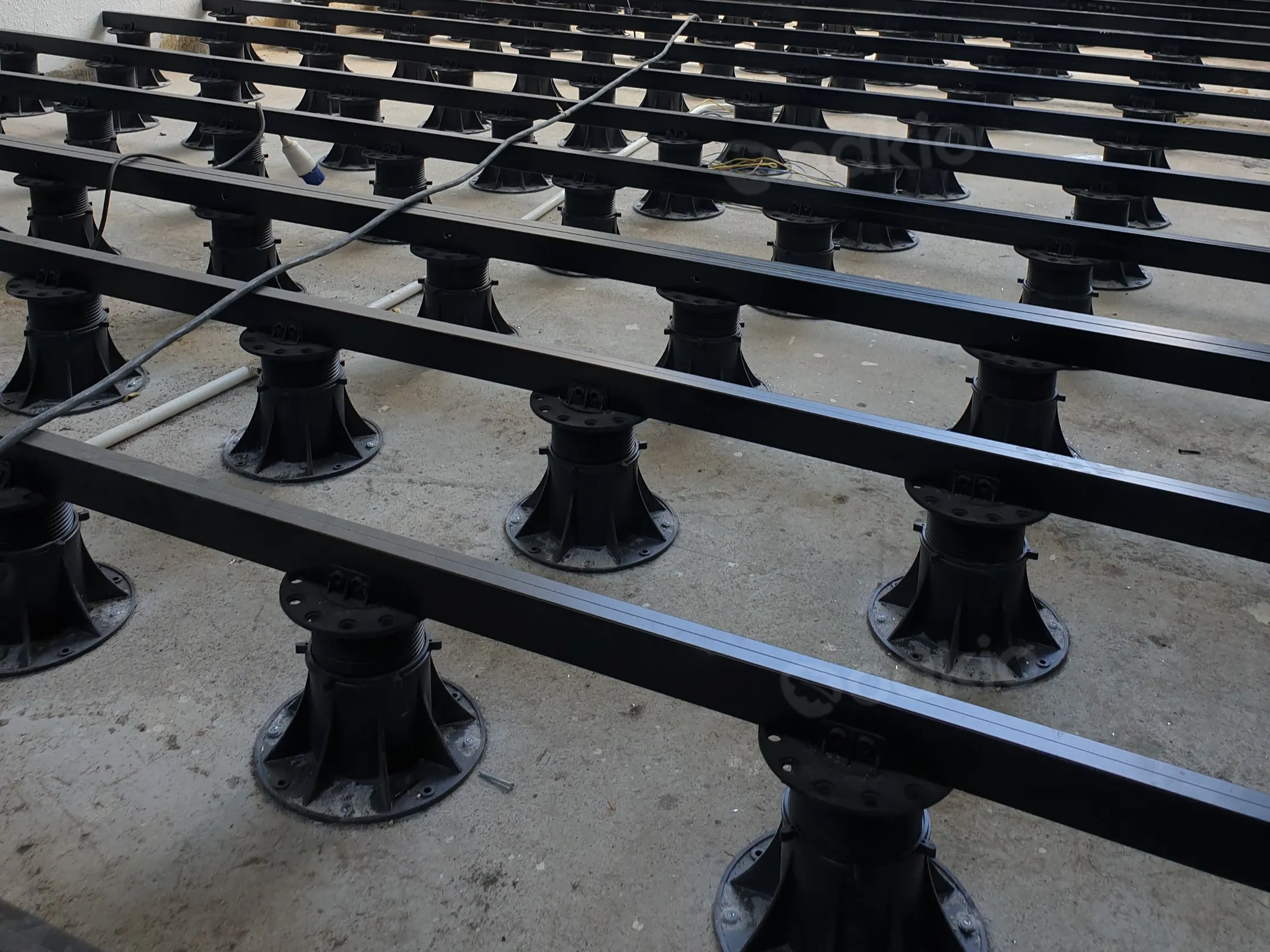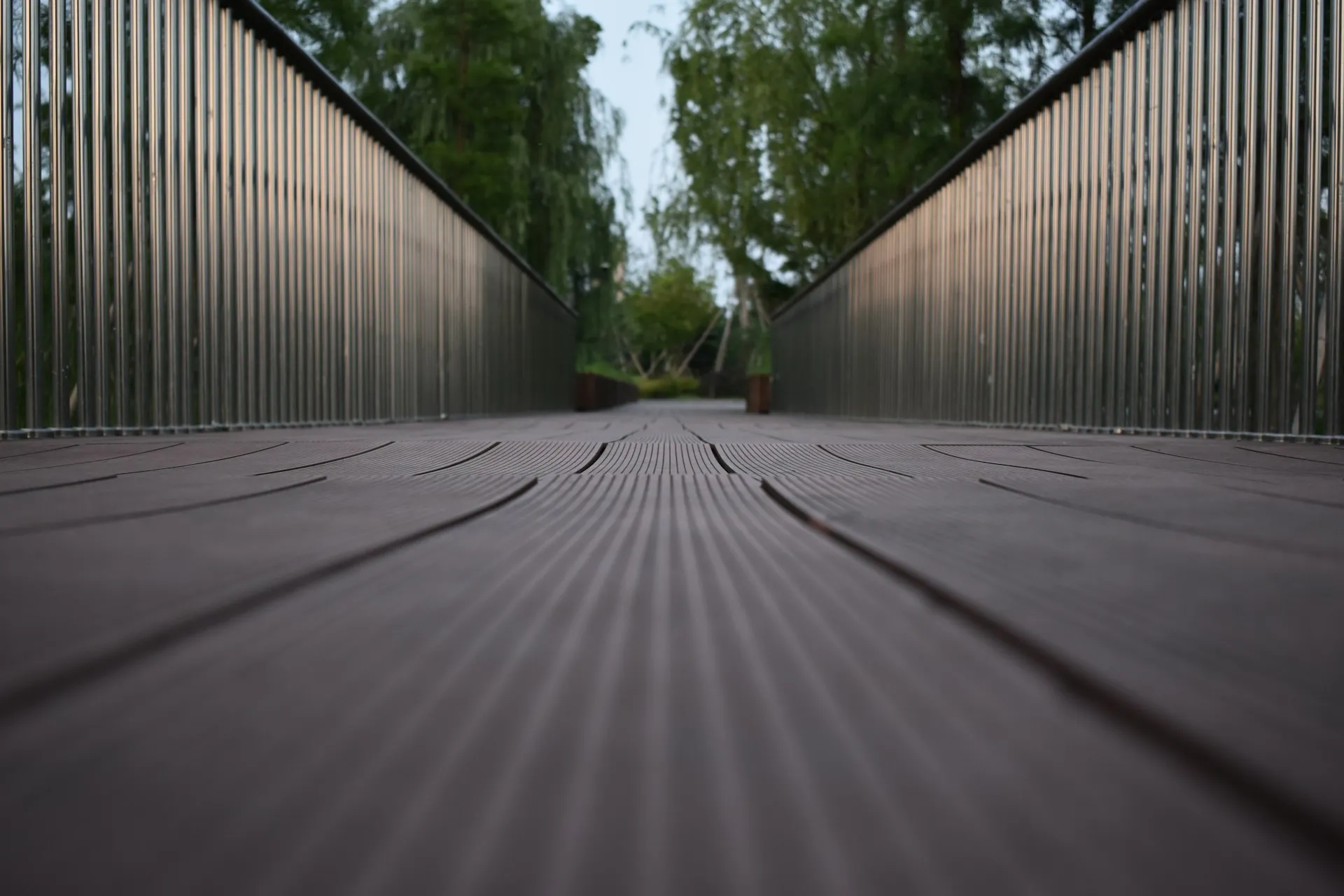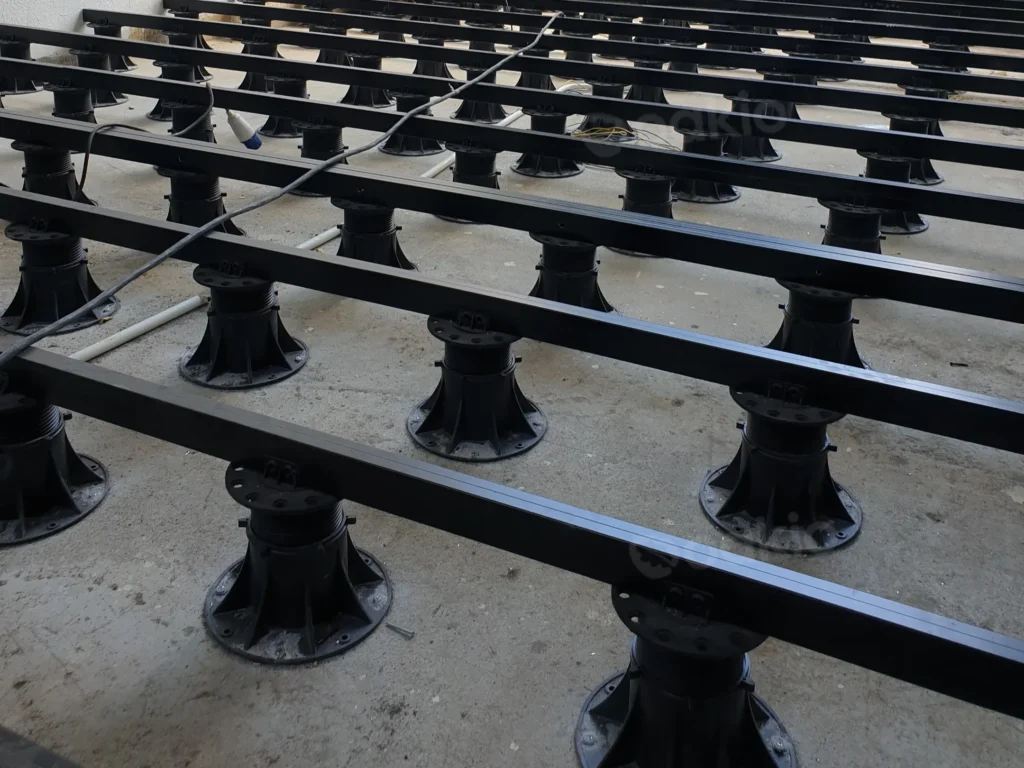When planning a new deck using composite materials, one of the most important yet often overlooked details is joist spacing. Getting the joist spacing for composite decking right ensures your deck is stable, safe, and long-lasting. Whether you’re a homeowner tackling a DIY project or working with a contractor, understanding how joist spacing works—and why it matters—can save you time, money, and future headaches.
What Is Joist Spacing?
Joist spacing refers to the distance between the centers of two parallel joists, which are the horizontal structural beams that support your decking boards. In composite decking installations, correct joist spacing is critical to preventing sagging, excessive movement, or even structural failure over time.

Joists essentially act as the skeleton of your deck. If the spacing is too wide, the composite boards may flex or warp. Too narrow, and you’re wasting material and money. The goal is to find that sweet spot where the spacing meets both performance and cost-efficiency standards.
Recommended Joist Spacing for Composite Decking
Most composite decking manufacturers recommend the following joist spacing standards:
16″ on-center spacing – This is the standard spacing for most composite decking installations laid in a straight pattern.
12″ on-center spacing – Recommended for heavy-traffic areas, diagonal installations, or when additional strength is required.
Always refer to your product’s installation guide to verify the correct spacing, as different brands and board types may have specific requirements.
Composite Decking Joist Spacing Comparison by Brand
| Brand | Standard Joist Spacing (Straight Install) | Diagonal Installation Spacing | Notes |
| Trex | 16″ OC | 12″ OC | Spacing applies to most product lines |
| TimberTech | 16″ OC | 12″ OC | Check by board type: capped polymer vs composite |
| Fiberon | 16″ OC | 12″ OC | Required for both square and grooved edge boards |
| Deckorators | 16″ OC | 12″ OC | Some mineral-based boards allow wider spans |
| MoistureShield | 16″ OC | 12″ OC | Some product lines rated for ground contact |
OC = On Center, which means the distance from the center of one joist to the center of the next.
Nearly all brands recommend reducing spacing to 12″ OC when installing decking diagonally (at an angle).
Why Correct Joist Spacing Is Important?
Getting the joist spacing for composite decking right affects much more than just looks. Here’s why it’s essential:
1. Structural Integrity
Incorrect spacing can cause composite boards to flex or bounce when walked on. Over time, this can lead to cracking or permanent warping.

2. Safety
Improper joist spacing can result in an unstable surface, increasing the risk of accidents or injuries, especially in high-traffic or wet areas.
3. Product Warranty
Many composite decking manufacturers require a specific joist spacing to maintain the warranty. Failing to follow these guidelines could void any product guarantees.
4. Long-Term Durability
With proper support, your composite deck will better resist wear and tear from foot traffic, weather exposure, and furniture placement.
Factors That Affect Joist Spacing
Several factors can influence the appropriate joist spacing for your project:
1. Type of Composite Decking
Not all composite boards are created equal. Higher-density boards or those reinforced with additional materials may support wider spans than hollow-core or thinner boards.
2. Board Orientation
Deck boards laid diagonally create more stress across joists and generally require tighter spacing (12″ instead of 16″ on center).
3. Use Case
Commercial or public decks often require closer joist spacing to accommodate greater foot traffic and heavier loads than residential applications.
4. Local Building Codes
Your area’s building codes may mandate specific joist spacing based on environmental conditions like snow load, seismic activity, or wind exposure.
Installation Tips for Proper Joist Spacing
To ensure your composite decking is both beautiful and built to last, follow these essential tips:
- Measure Twice, Install Once: Use a tape measure and mark joists carefully. Consistent spacing is key to a flat and professional-looking deck.
- Level the Frame: Make sure all joists are level and secure before laying any boards.
- Add Blocking Where Needed: In areas like stair landings or seams where two boards meet, additional blocking provides added support.
- Use Approved Fasteners: Some composite decking requires specific clips or screws. Using incompatible fasteners can lead to board movement or damage.
- Check Manufacturer Guidelines: Always read and follow the deck board manufacturer’s recommendations for joist spacing and installation.
Common Mistakes to Avoid
To get the most out of your composite deck, steer clear of these common errors:
- Ignoring Board Direction: Diagonal layouts need closer joist spacing than straight layouts—don’t treat them the same.
- Over-Spanning Joists: Trying to stretch joist spacing to save money can compromise the entire structure.
- Uneven Spacing: Inconsistent gaps between joists can cause noticeable dips in the surface and may require rework.
- Skipping Blocking: Without proper blocking at joints and perimeters, composite boards may move or squeak over time.
Conclusion
Choosing the right joist spacing for composite decking is one of the most important steps in building a deck that stands the test of time. The most commonly recommended spacing is 16″ on center, with 12″ preferred for diagonal installations or heavy-use areas. Proper spacing ensures safety, enhances durability, and keeps your warranty intact.
Always consult the manufacturer’s specifications and local building codes to ensure compliance and long-term performance. By paying attention to this critical detail, you’ll enjoy a beautiful, stable, and low-maintenance outdoor living space for years to come. If you want to know more about composite decking, you can also read this full guide: Everything You Need to Know About Composite Decking
If you want to get more insights on composite decking and eco-friendly home upgrades, visit ecobuildhome.com, where you can find useful maintenance tips and buying guides for wood composite and sustainable materials.
FAQ
Q1: What is the ideal joist spacing for composite decking?
A: The standard joist spacing for most composite decking is 16 inches on center (OC). However, if you’re installing the boards diagonally or using thinner boards, 12 inches OC is recommended for added strength and support.
Q2: Can I use 24-inch joist spacing for composite decking?
A: No. Most composite decking manufacturers do not recommend 24-inch spacing. Wider spacing can cause sagging, flexing, and reduce the structural integrity of your deck.
Q3: Does joist spacing change if decking is installed diagonally?
A: Yes. When installing composite decking at a diagonal, joist spacing should be reduced to 12 inches on center to prevent excessive flexing and to support the angled load.
Q4: Is joist spacing the same for all composite decking brands?
A: Not always. While 16 inches OC is standard, some brands like Trex, Fiberon, and TimberTech have specific recommendations depending on board thickness and application. Always check the brand’s installation guide for details.


